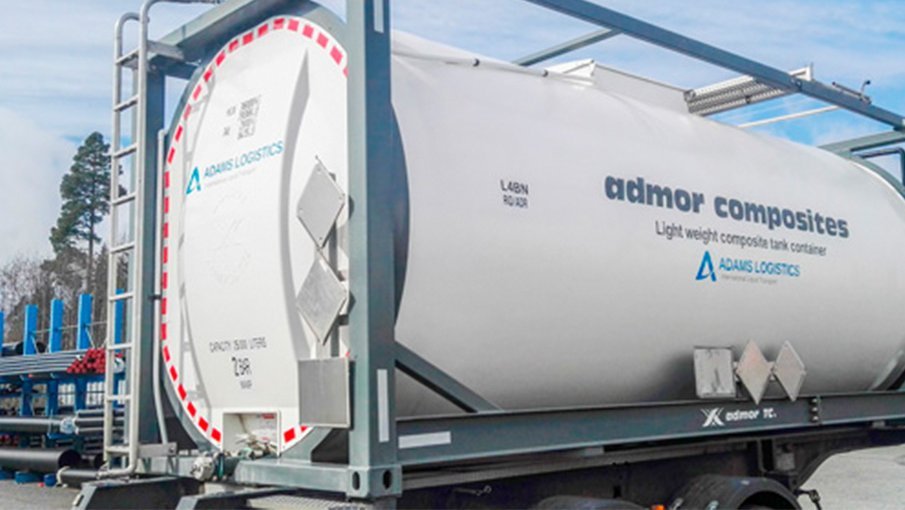Our Finnish customers, Oy Fluorotech Ltd and admor Composites OY were able to revolutionize the transportation industry by developing a lined fiberglass-reinforced plastic (FRP) container in an innovative way. Comparing the weight of a standard steel container with a FRP container, the FRP construction can achieve a weight reduction of approx. 1600 kg. Thus, it is possible to transport a larger amount of chemicals, whereby the efficiency is significantly increased. In order to achieve the required chemical resistance to the media, admor Composites OY uses the PE 100, ECTFE and PFA fabric backed semi-finished products produced by AGRU. These materials show excellent resistance to a variety of media, enabling a long-lasting product solution. Another positive effect of the plastic lining relates to the easy cleaning of the plastic lined container surface. In the case of a medium change, both the cleaning time, as well as the required amount of cleaning agent (water, aids), can be lowered compared to a steel surface. Easy cleaning also reduces the risk of cross contamination, allowing high-purity media to be transported.


